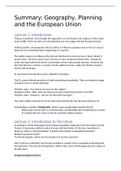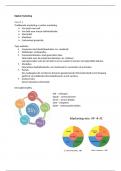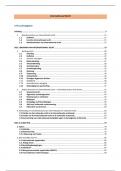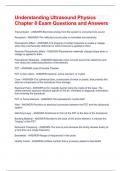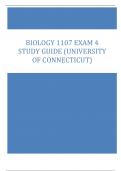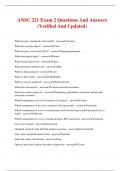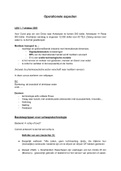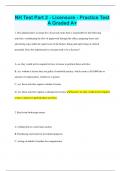Samenvatting
Complete summary Geography, Planning and the European Union
- Instelling
- Rijksuniversiteit Groningen (RuG)
The document is a complete summary of the whole course. Including all lectures given by Boisen, van Lanen and guest lectures. Summaries of other materials that were given in the course are also included.
[Meer zien]
